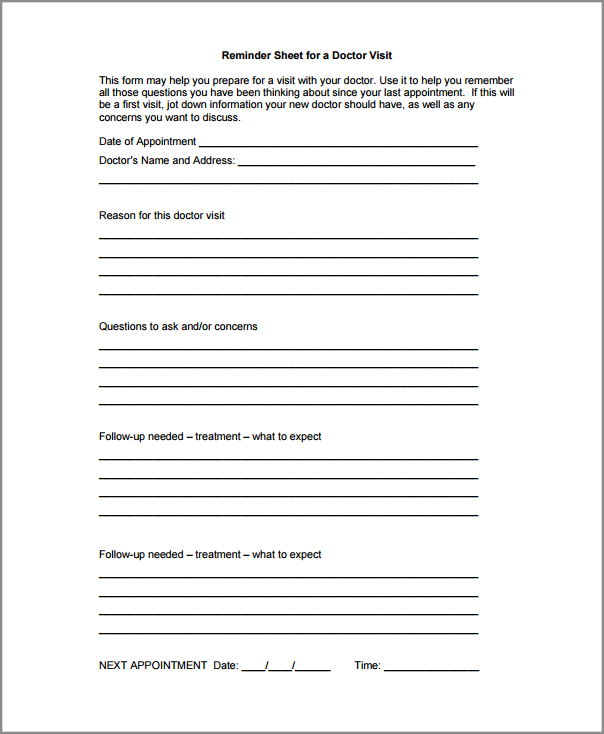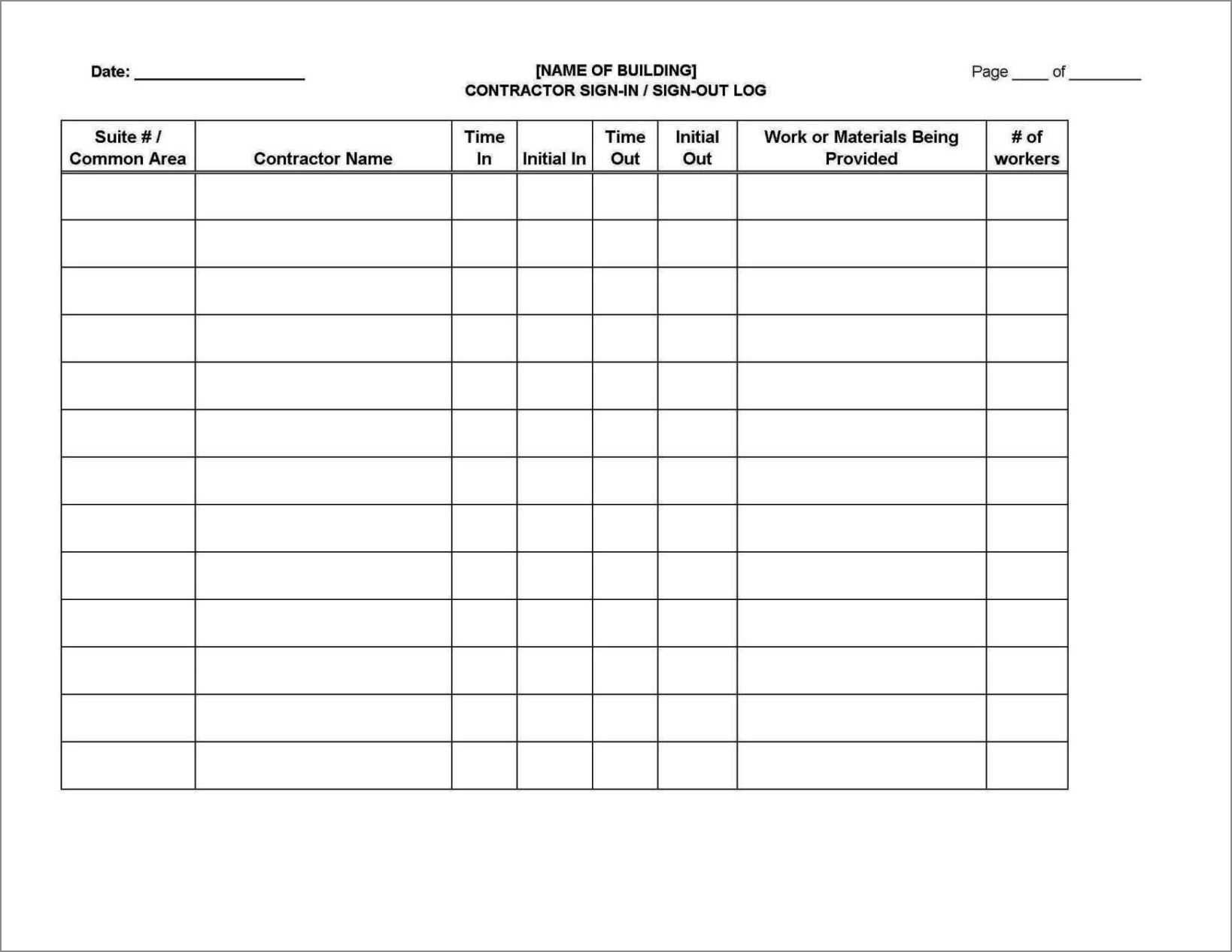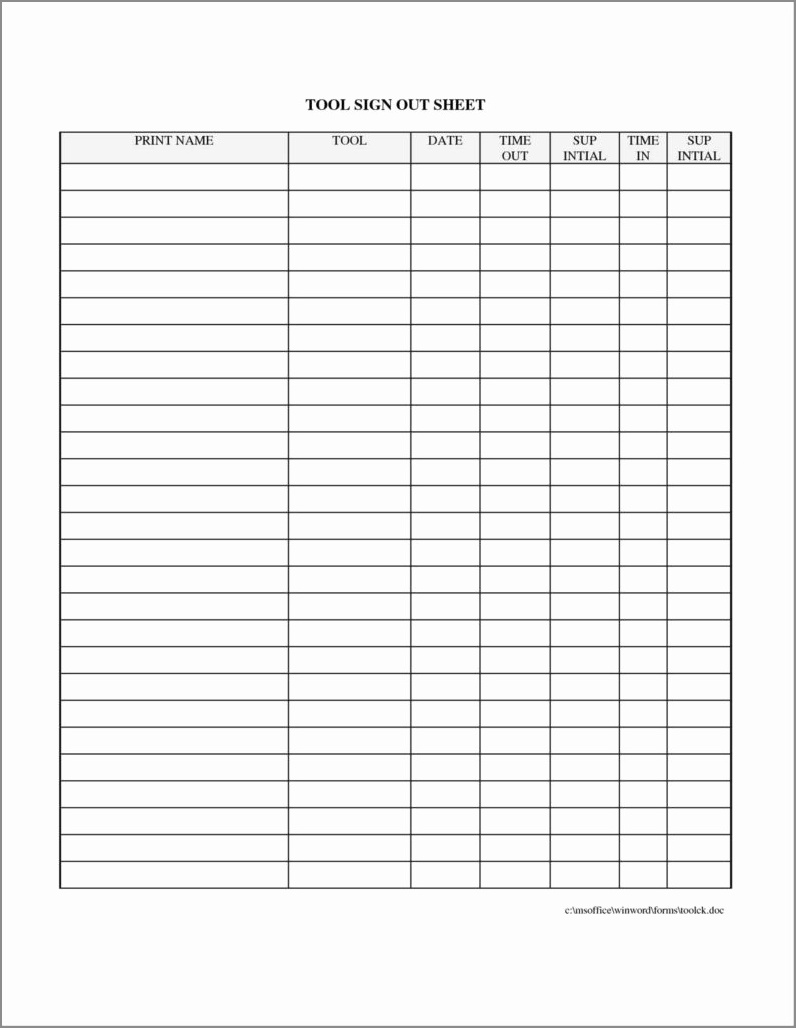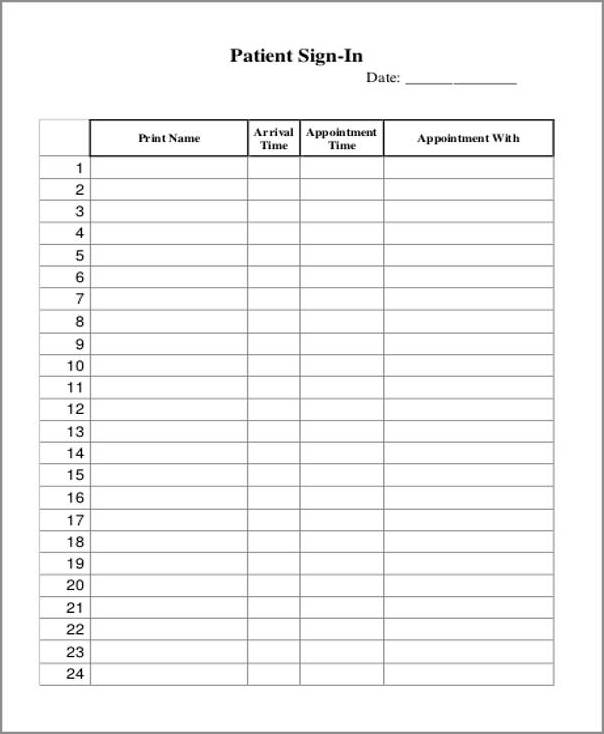When you walk into a doctor’s office, you may notice a sign-in sheet sitting on the front desk. This simple piece of paper holds more significance than you might think. It serves as a crucial tool in maintaining organization and ensuring efficient patient flow in a busy medical practice.
In this article, we will explore the purpose and benefits of a doctor’s office sign-in sheet and how it contributes to the overall patient experience.
What is a Doctor’s Office Sign-In Sheet?
A doctor’s office sign-in sheet is a document that patients are required to fill out upon arrival at a medical practice. It typically includes fields for the patient’s name, appointment time, contact information, and reason for the visit. The sign-in sheet may also contain additional sections for insurance details or any specific instructions from the doctor.
This sheet serves as a record of patients’ arrival and helps the front desk staff keep track of who is present in the waiting area. It ensures that patients are seen in the order they arrive and helps doctors and nurses stay organized.
The Benefits of Using a Doctor Office Sign-In Sheet
Using a doctor’s office sign-in sheet offers several benefits for both the medical staff and the patients:
1. Efficient Patient Flow
By having patients sign in upon arrival, the sign-in sheet helps the front desk staff manage patient flow more effectively. It allows them to keep track of the order in which patients arrive and ensures that everyone is seen promptly. This helps reduce wait times and keeps the practice running smoothly.
2. Accurate Records
The sign-in sheet serves as a reliable record of patients’ arrival and can be used to cross-reference with appointment schedules or electronic medical records. It helps prevent errors and ensures that patients’ information is correctly recorded, minimizing the risk of confusion or miscommunication.
3. Improved Communication
When patients fill out the sign-in sheet, they have the opportunity to provide any specific information or updates that may be relevant to their appointment. This can include changes in contact information, insurance details, or any specific concerns they may have. The sign-in sheet acts as a communication tool between patients and the medical staff, ensuring that important information is relayed accurately.
4. Enhanced Patient Experience
Using a sign-in sheet helps create a more organized and efficient environment for patients. Minimizing wait times and ensuring that patients are seen in the order they arrived, helps reduce frustration and anxiety. It also demonstrates to patients that their time is valued and that the medical practice is committed to providing quality care.
5. Privacy and Confidentiality
A well-designed sign-in sheet takes into account patient privacy and confidentiality. It should only require essential information such as the patient’s name and appointment time, without asking for sensitive details. The sheet should be positioned in a way that prevents other patients from seeing each other’s information, ensuring that privacy is maintained.




How to Create an Effective Doctor Office Sign-In Sheet
Creating an effective doctor’s office sign-in sheet involves considering the specific needs and requirements of the medical practice. Here are some key elements to keep in mind:
1. Keep it Simple
Avoid asking for unnecessary information on the sign-in sheet. Stick to the essential details like the patient’s name, appointment time, and contact information. This makes it easier for patients to fill out and reduces the risk of errors.
2. Ensure Legibility
Make sure the sign-in sheet is easy to read and understand. Use clear and legible fonts, and provide ample space for patients to write their information. This helps minimize confusion and ensures that the information can be easily read by the staff.
3. Maintain Patient Privacy
Position the sign-in sheet in a way that prevents other patients from seeing each other’s information. Consider using a clipboard or a privacy shield to protect patient privacy. This creates a more comfortable and secure environment for everyone.
4. Regularly Update the Sheet
Ensure that the sign-in sheet is regularly updated and removed once it is no longer needed. This helps maintain the accuracy of the records and prevents confusion or errors. Consider using an electronic sign-in system for even greater efficiency and accuracy.
5. Train Staff on Sign-In Procedures
Train the front desk staff on how to effectively manage the sign-in process. They should be knowledgeable about the purpose of the sign-in sheet and how to handle any issues or questions that may arise. This ensures that the sign-in process runs smoothly and efficiently.
Conclusion
A doctor’s office sign-in sheet may seem like a small and insignificant detail, but it plays a crucial role in maintaining organization and efficiency in a medical practice. It helps manage patient flow, ensures accurate records, improves communication, enhances the patient experience, and maintains privacy and confidentiality. By creating an effective sign-in sheet and training staff on proper procedures, medical practices can create a more streamlined and patient-centered environment.
Doctor Office Sign-In Sheet Template Excel – Download